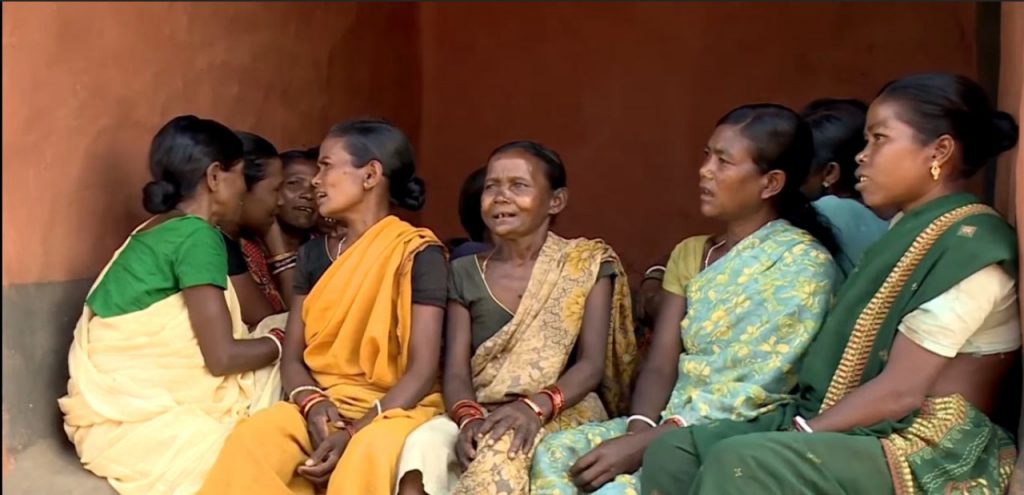Bhubaneswar: The ST & SC Development Department has recently started the virtual tour of Odisha State Tribal Museum every Sunday in the wake of the Covid-19 pandemic.
The main attraction for this Sunday tour was the life and culture of the Juang tribe of Gonasika hills in Keonjhar district, said Scheduled Castes and Scheduled Tribes Research and Training Institute (SCSTRTI) Director AB Ota.
Juang Pirh located in the Gonasika hills is believed to be the original abode of the Juang community. The Juangs are settled in the hills and valleys of Keonjhar and plains of Angul and Dhenkanal districts. Farming, shifting cultivation, hunting, food gathering are major occupations of Juang community.
The Juang tribe is one of the primitive tribal groups of Odisha. The word ‘Juang’ means ‘Sons of man’.
In the past, members of Juang community were being called ‘Pattuas’ for wearing leaves. The community can be broadly divided into two sections: Hill Juangs and Plain Juangs.
The Hill Juangs are confined to the hill ranges of Keonjhar and Pallahara whereas the Plain Juangs have settled across the plains of Dhenkanal and
Keonjhar districts. The Hill Junags are still depending upon shifting cultivation while the Plain Juangs have taken up settled agriculture.
The Juang Pirh of Keonjhar district is believed to be the homeland of Juang tribe. Those who live in this area are known as ‘Thaniya’ (original settlers), while those who have migrated to the plains of Keonjhar and Dhenkanal districts are called ‘Bhagudia’. The Juang villages are grouped under four Pirhs named as Satkhand, Jharkhand, Kathua and Rebena.
Each Pirh is led by a tribal chief designated as Sardar. Another important feature of Juang society is its traditional dormitories for the youths, popularly known as Majang or Mandaghar.
The Majang, a rectangular house in the centre of the village, serves as a community house for the youth, court house for the elders, guest house for
visitors, cooperative store for storage of grains, place for keeping musical instruments, venue for common rituals, cultural centre and museum of art and craft.
PNN






